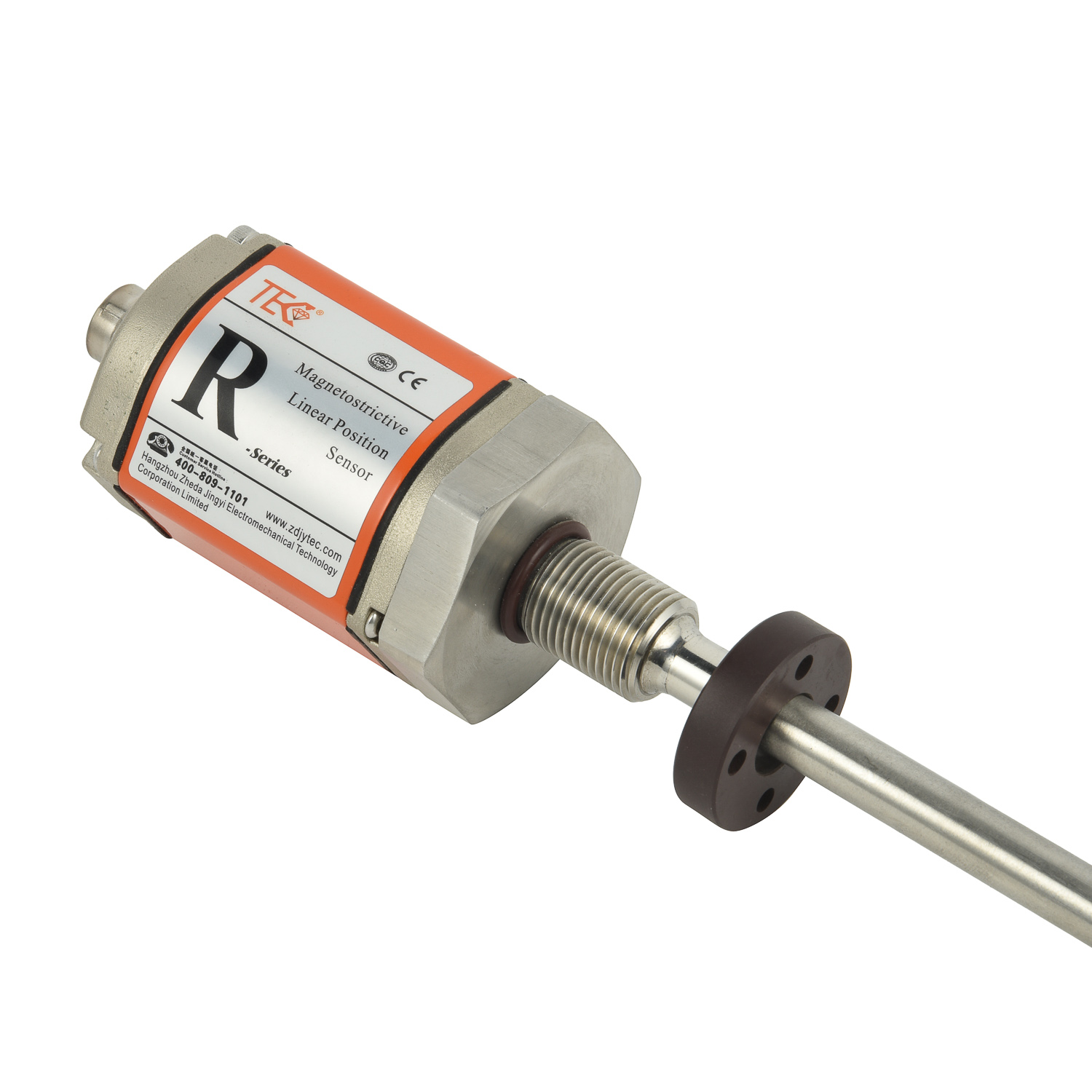What signal transmission methods do magnetostrictive sensors support?
Introduction to Magnetostrictive Sensor Communication
Magnetostrictive sensors are renowned for their high precision in position and level measurement across numerous industrial applications. The effectiveness of these sensors heavily relies on their ability to transmit accurate data to control systems. Understanding the supported signal transmission methods is crucial for selecting the right sensor for your specific needs, ensuring seamless integration and optimal performance in complex automation environments.
Analog Current Loop: The 4-20mA Standard
The most prevalent signal transmission method in industrial settings is the 4-20mA analog current loop. This robust method is highly favored for its simplicity and noise immunity over long distances. In this setup, the sensor generates a current signal where 4mA typically represents the zero or minimum position, and 20mA signifies the full-scale or maximum position. A significant advantage of this method is its inherent fault detection capability; a reading of 0mA usually indicates a broken wire or sensor failure, allowing for quick diagnostics. This makes 4-20mA output ideal for harsh environments where reliability is paramount.
Voltage Output Signals: Simplicity for Shorter Distances
For applications requiring shorter cable runs, magnetostrictive sensors often provide voltage output options, such as 0-10V or ±10V. These signals are straightforward to interface with programmable logic controllers (PLCs) and data acquisition (DAQ) systems. The 0-10V output is common for unidirectional measurements, while the ±10V range is suitable for applications requiring bidirectional information, like stroke direction in hydraulic cylinders. However, voltage signals are more susceptible to electrical interference and voltage drop over long distances compared to current loops, making them best suited for controlled environments.
Digital Communication Protocols: The Rise of Smart Sensors

The advent of Industry 4.0 has propelled the adoption of digital communication protocols, transforming standard sensors into intelligent devices. Magnetostrictive sensors with digital interfaces like IO-Link, PROFINET, or EtherCAT offer significant advantages. They transmit not only the measured position value but also additional parameter data, such as temperature, device status, and diagnostic information. This bidirectional communication allows for remote configuration, predictive maintenance, and easier integration into sophisticated networked control systems, greatly enhancing operational efficiency.
Wireless Data Transmission for Enhanced Flexibility
In modern industrial setups, wireless transmission methods are becoming increasingly important. Magnetostrictive sensors can be equipped with modules that support standards like WirelessHART or Wi-Fi. This eliminates the need for extensive cabling, reducing installation costs and providing unparalleled flexibility for monitoring hard-to-reach or rotating equipment. Wireless sensors are perfect for temporary installations, mobile machinery, and expanding existing systems without the hassle of running new wires, though they require consideration for power supply, typically via batteries.
Conclusion: Selecting the Right Transmission Method
The choice of signal transmission method for a magnetostrictive sensor depends on the specific application requirements, including distance, environmental noise, required data richness, and system infrastructure. While the robust 4-20mA analog loop remains a industry workhorse, digital protocols offer smart capabilities for connected factories, and wireless solutions provide ultimate flexibility. Understanding these options ensures you can leverage the full potential of magnetostrictive sensing technology for accurate and reliable data acquisition.
 UpgradingYourLevelMeasurementS
UpgradingYourLevelMeasurementS
 Why are magnetostrictive level
Why are magnetostrictive level
 ComparingMagnetostrictiveandRa
ComparingMagnetostrictiveandRa
 MagnetostrictiveLevelSensorfor
MagnetostrictiveLevelSensorfor
